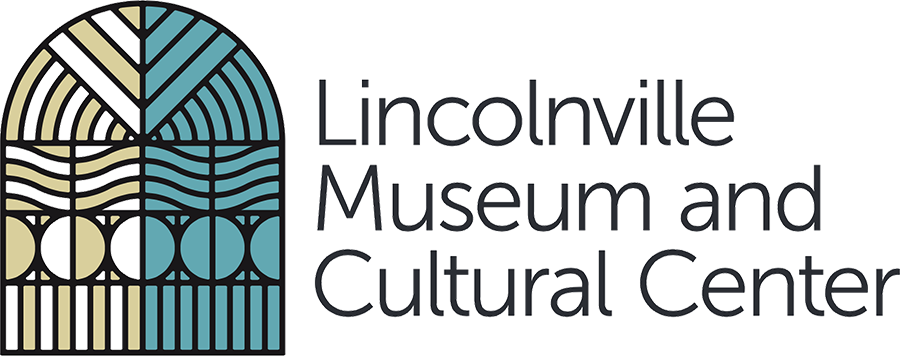Waiting for the Hour: What is Watch Night?
St. Augustine’s Civil War history often surprises visitors to the Lincolnville Museum and Cultural Center (LMCC) — there are so many layers to the stories of that era, especially in the case of the city’s Black residents.
One surprising history fact is that the city of St. Augustine was reclaimed by the U.S. Navy in February of 1862 — less than a year after the Civil War had started and more than three years before it would end. This means that the city was Union territory while Florida was still a Confederate state.
Due to the Union presence in St. Augustine, President Lincoln’s Emancipation Proclamation was first read to the enslaved people of St. Augustine on September 22nd, 1862 at a local church, and again on January 1st, 1863.
Freed slaves along the Atlantic coast from the Carolinas to North Florida created their own culture, now referred to as Gullah Geechee. Many of the Gullah Geechee elders also celebrated Emancipation Day on January 1st. Emancipation Day always follows the sacred rituals of “Watch Night,” an evening of prayer, waiting and watching that ended at midnight as the “Watchmen” counted down the passing moments until freedom.
Many African American churches (and museums!) still hold watch night services on New Year’s Eve and the surrounding dates. These services and programs have evolved over the years to include music, celebration, and educational elements.
More Watch Night Resources
To help you learn more about Watch Night and its legacy, please feel free to explore the following historical resources on the topic.
A video from the Lincolnville Museum and Cultural Center’s (LMCC) YouTube
Two articles from the National Museum of African American History & Culture
“The Historical Legacy of Watch Night”
“The Historical Legacy of Juneteenth”
(Click the links above to read the articles on their website.)
A video from the Obama White House’s YouTube
Thank you for reading this short blog post about the history and legacy of Watch Night.
